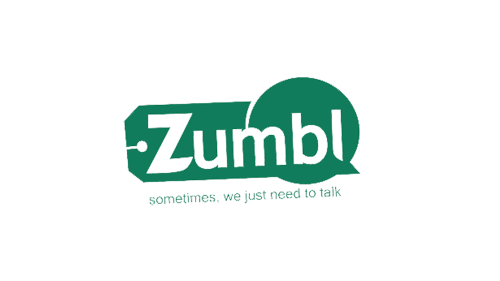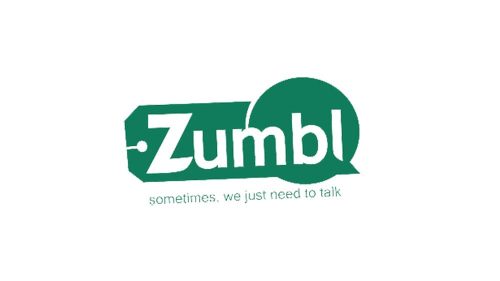Zumbl is the name of an online chat, which was created at the beginning of the 2010s. It was a truly interesting project, which is not available anymore. That chat was tagging the interests of the user with other users and creating special rooms or communities for people sharing the same interests. It was an anonymous platform, where you could chat with people from all over the globe.
Meaning and history
The application, created in India at the beginning of the 2010s, won the Samsung Innovation Rewards in 2012 and was incredibly popular due to the use of the special technology, which allowed users to meet people who share the same interests.
Zumbl e was aiming for different audiences, from young people to middle-aged, active, and those who sit at home and just need a friend. So the visual identity, created for the application, had to be easily perceived and recognized by all people. And this is how it was created.
The Zumbl logo featured two options of color palette, a primarily green and white one, and a secondary, with the sky-blue shade replacing the green one. Both of the options evoked a sense of security and reliability, showing the app as a professional one, in the first place.
As for the design concept of the Zumbl logo, it was based on a dialogue bubble. So the full version of the badge featured a horizontally stretched white tag, which was overlapped by a circular dialogue bubble on the right. The “Zumbl” logotype in the title case was written over the white tag, in a bold sans-serif typeface, with the first letter “Z” stylized. The tail of the bottom “Z” bar was rounded from one side and sharpened at the top.
As for the mobile app icon, Zumbl used a solid green square with rounded angles, which was a solid white dialogue bubble drawn on it, and a green bold letter “Z” written over it. The letter featured the same contours and shape as the one from the full logo.








